It’s that time of year again – time to plant peas in the garden! I always get so excited to see them sprout up and grow. But this year, something was eating my pea seedlings before they could even grow! I had no idea what it could be, so I did some research to try and solve the mystery.
What’s Eating My Pea Seedlings?
The most common pests that eat pea seedlings are slugs, snails, cutworms, and beetles. All of these pests are attracted to the tender, young leaves of pea seedlings. Slugs and snails will usually eat the leaves, while cutworms will eat the entire plant.
One pest that is notorious for attacking pea plants is the pea weevil, which lays its eggs on the pea plants. When the eggs hatch, the larvae start eating the plants from the inside out. this can cause the plant to wilt and die.
You may not know these pests are the culprits, because they usually do their damage at night. But there are some tell-tale signs that can help you figure out who’s been eating your pea plants.
If you see slime trails on the leaves of your pea plants, that’s a good indication that slugs or snails have been feeding on them. Another sign is if you see chewed leaves or plants that have been cut off at the base. This is usually the work of cutworms.
If you suspect that pea weevils are to blame, you can look for small, round holes in the leaves of your plants. This is where the larvae have eaten their way out.
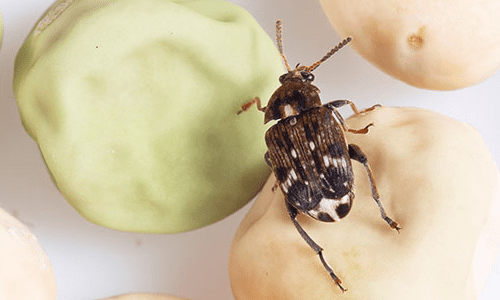
How to Remove Pests From Pea Plant?
If you find any of these pests in your garden, there are a few things you can do to get rid of them. Big pests can be hand-picked and removed from your garden. This is usually the best way to get rid of cutworms, snails, and slugs.
If you have a lot of pea plants, you may want to consider using an insecticide to get rid of the pests. Be sure to read the label carefully and follow the instructions. You don’t want to end up harming your plants more than the pests!
Neem oil is my go-to choice for an organic insecticide. Unlike other insecticides, neem oil is organically derived from the neem tree. This results in a natural product that is safe to use on your plants, but still effective at getting rid of pests.
To use neem oil, mix it with water according to the directions on the bottle. Then, spray it on your plants, making sure to get the undersides of the leaves where the pests are hiding. Be sure to reapply every few days until you no longer see any pests.
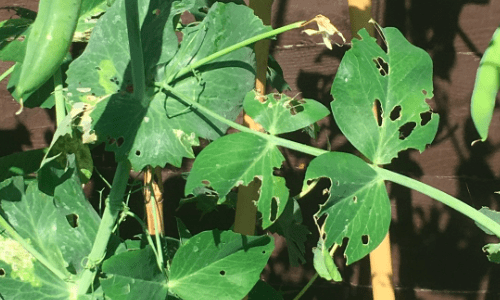
How Do You Protect Pea Seedlings?
You can also take some preventative measures to keep these pests from eating your pea plants in the first place. One way is to put a physical barrier around your plants, like a piece of chicken wire. This will keep larger pests from being able to get to your plants.
My favorite way to keep pests away from my pea plants is to use floating row covers. These are lightweight, white fabric covers that you can put over your plants. They keep the pests out but let the sunlight and water in.
Finally, you can try using some natural predators to help control the pests in your garden. Ladybugs love to eat aphids, and they can also help control other pests like whiteflies. You can buy ladybugs online or at your local garden center.
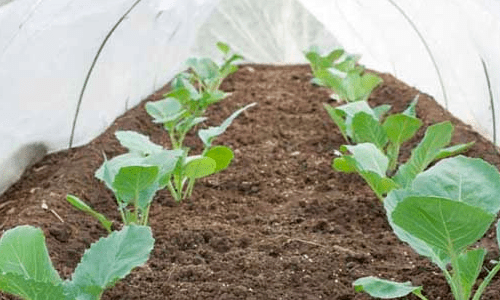
What Else Damages Pea Seedlings?
It’s not just pests that can cause holes in your pea plants. There are a few other things that can cause this damage, including wind, hail, and even birds.
Animals
Mice are notorious for eating pea plants. If you live in an area where mice are common, they may be the culprits. Look for small holes in the leaves and stems of your plant. These will be about the size of a dime or smaller. There could also be droppings close to your plants.
Birds can also cause damage to pea plants. They may not eat the entire plant, but they can peck at the leaves and stems, leaving behind small holes. Wood pigeons are particularly attracted to fresh pea shoots, so they may be the ones to blame.
If you see larger holes in your plants, it’s likely that a deer or other large animal has been feeding on them. Deer will eat just about anything, so if you live in an area where they are common, they could be the cause of the damage to your plants.
Wind and Hail
Strong winds can cause damage to pea plants, especially if the plants are young. The wind can snap the stems or tear the leaves off of the plant. This will leave behind small holes or tattered leaves.
Hail can also cause damage to pea plants. Small hail stones can shatter the leaves, leaving behind small holes. Large hail stones can cause even more damage, breaking the stems and branches of the plant.
In most cases, wind and hail damage is not severe enough to kill the plant. However, it can make the plant more susceptible to pests and diseases. If you see signs of wind or hail damage, be sure to check your plants for pests and diseases.
Fungus
Pea plants are vulnerable to a range of fungal diseases. These diseases can cause leaves to turn yellow, brown, or black. They can also cause the leaves to develop spots or blotches. In severe cases, the fungus can kill the plant.
If you suspect that your plant has a fungal disease, take action immediately by removing the affected leaves. Destroy them so that the fungus doesn’t spread to other plants. You may also need to treat the plant with a fungicide.
Preventing fungal diseases is the best way to protect your pea plants. Be sure to water them at the base of the plant, rather than from above. This will help keep the leaves dry, which will prevent the fungus from spreading.
Conclusion
In conclusion, there are a number of things that can cause holes in pea plants, but pests are the most likely culprit. If you see holes in your plants, be sure to check for pests and take action to control them.
If the holes are large, it’s a good chance that slugs or snails are to blame. But if the holes are small, it could be any number of pests, from aphids to whiteflies, but the pea beetle is most likely the cause.
The best way to control pests is to take preventive measures, like using floating row covers or putting a physical barrier around your plants. You can also try using some natural predators, like ladybugs, to help control the pests in your garden.
I hope this gives you some ideas on how to solve the mystery of what’s eating your pea seedlings! With a little effort, you can keep these pests under control and enjoy a bountiful harvest of peas.
Tim is an avid gardener from the UK. He was the founder of PlantCarer.com from 2021 to Sep 2023. He sold PlantCarer.com to Aaron. He has since started his own business called Seed To Supper, which provides new gardeners all the materials you need in a box (pots, seeds, compost and instructions) to grow your own delicious and nutritious vegetables and herbs from start to finish – no garden required.

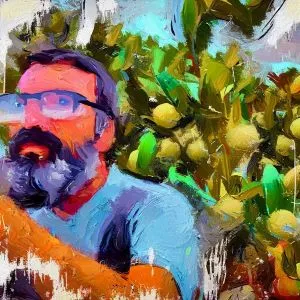

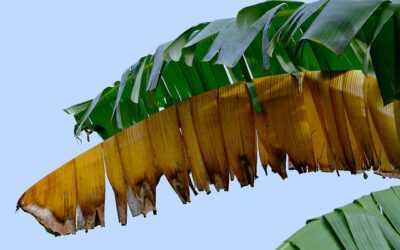

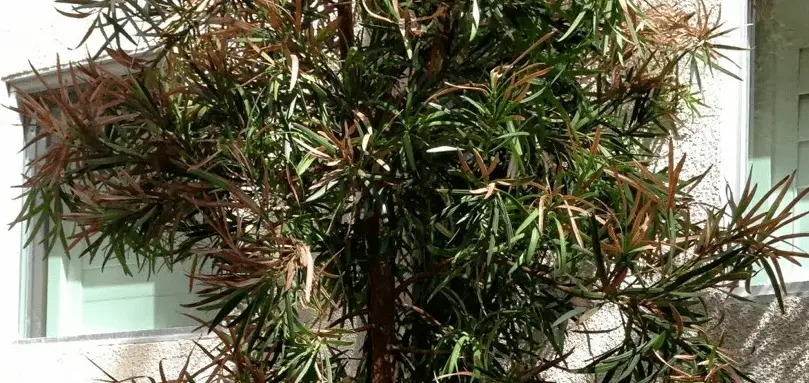
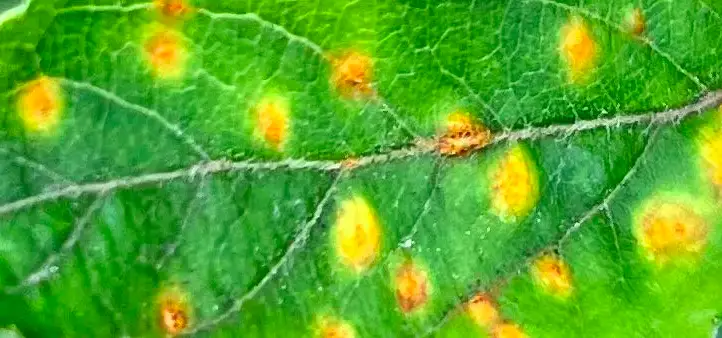
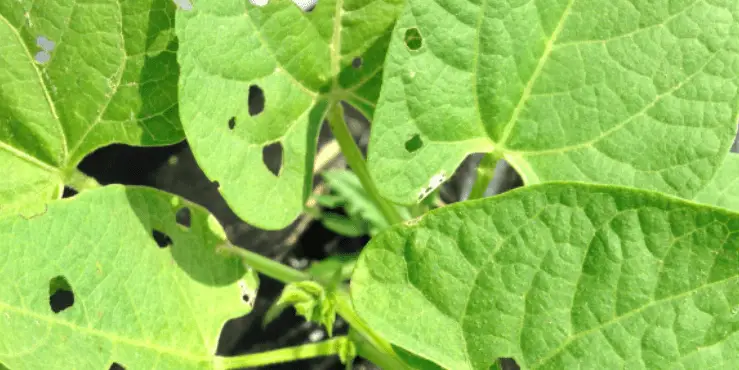
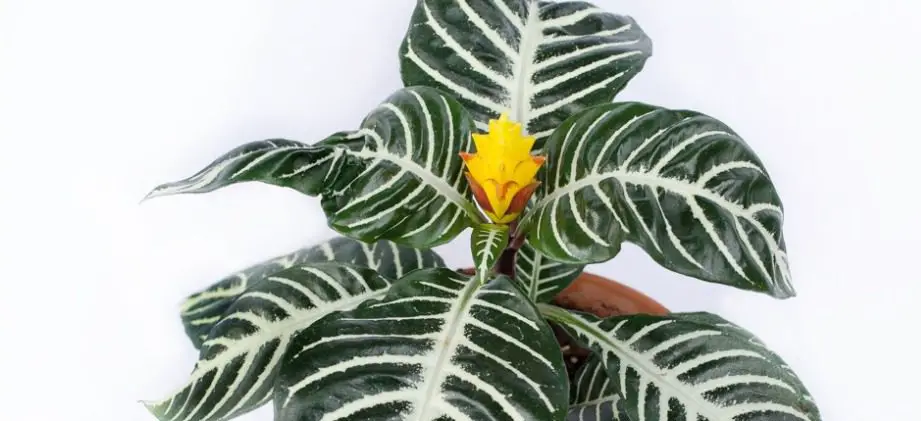

0 Comments